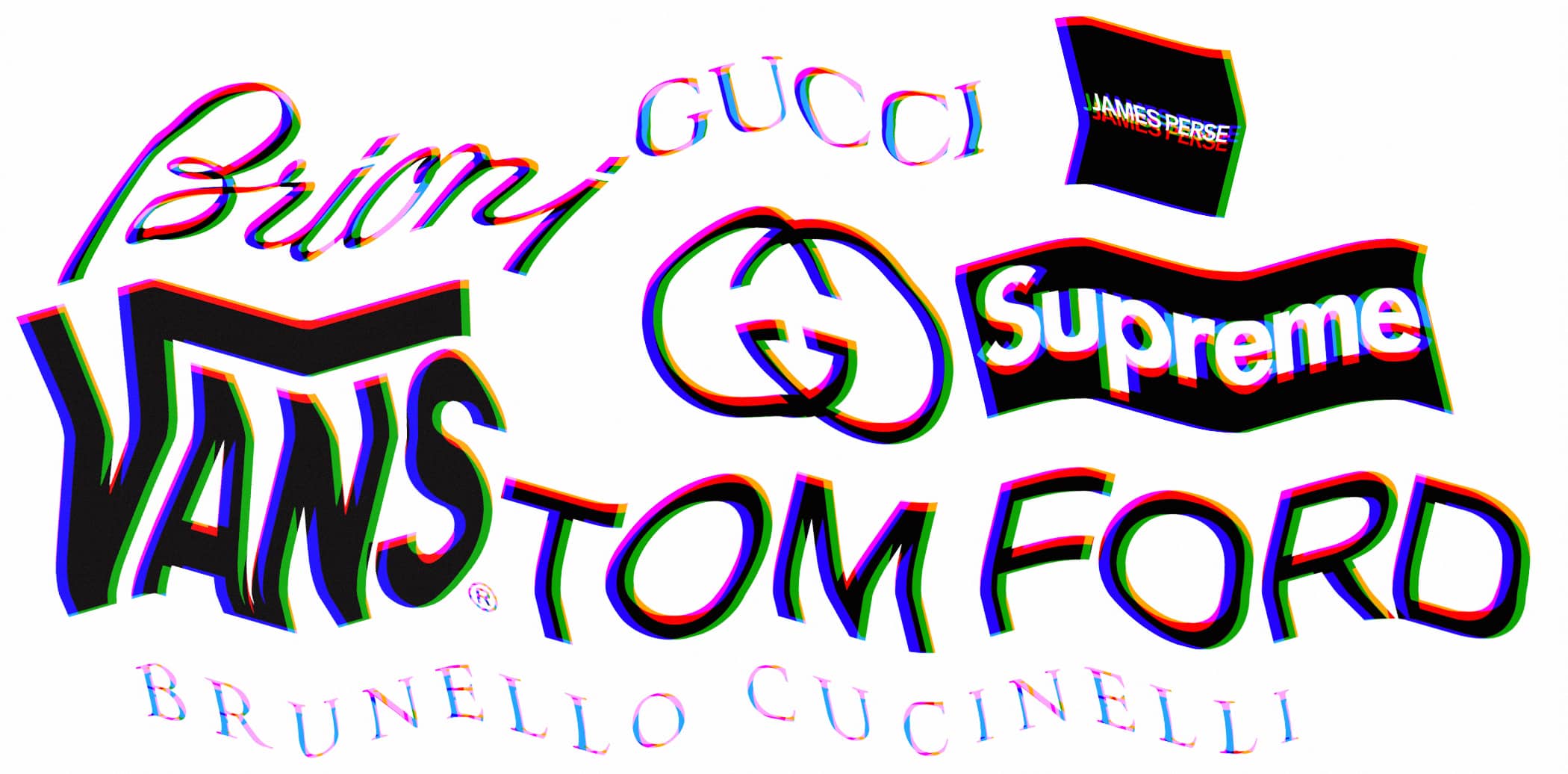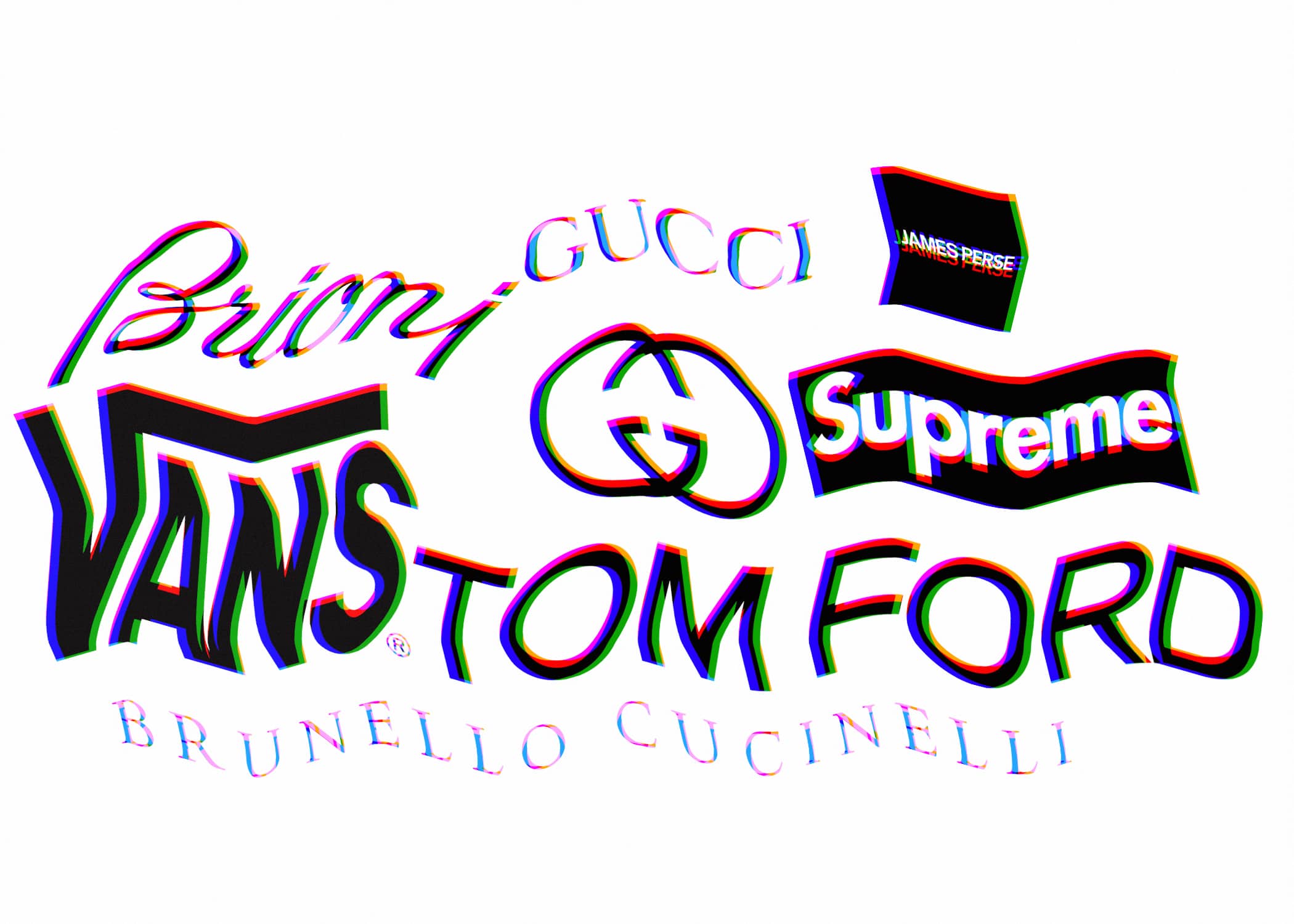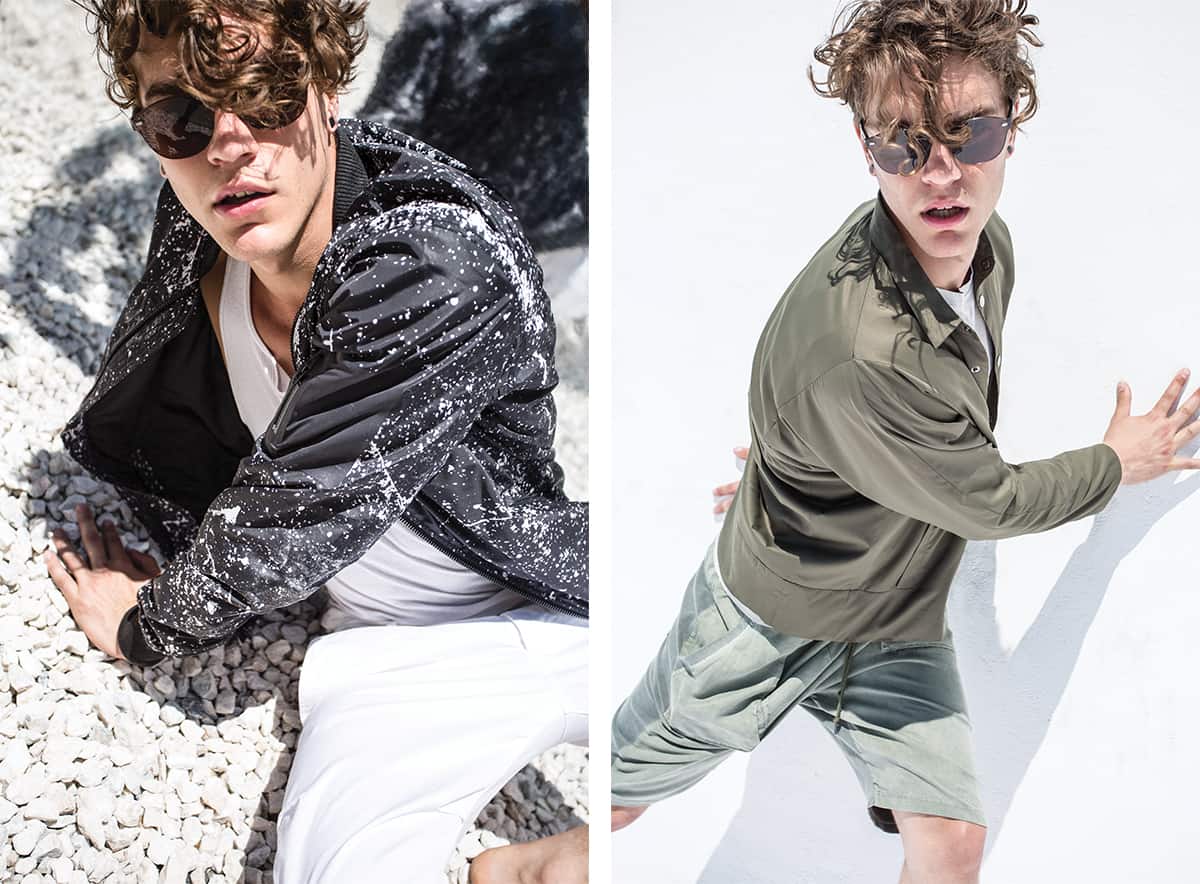WHAT MAKES A BRAND COOL?



That said, there’s no better recent case study for brand-building than Supreme, the $1 billion-valued streetwear label launched in 1994 by James Jebbia, who recently sold a 50 percent stake in the business to private equity firm The Carlyle Group. This ultra-cool, highly coveted brand has grown dramatically in recent years based on a combination of winning moves: collaborations with luxury brands, musicians and artists; compelling ads that feature these artists rocking Supreme-logo T-shirts; posters of these ads shown all over town; consistent brand identity; limited quantities; and recently de-emphasizing their wholesale business to concentrate on direct sales, both domestic and global. Despite rumblings of overexposure and questions concerning how a likely public offering will impact the coolness factor, the brand somehow remains the epitome of cool and continues to grow. At least for now.
So what makes a brand cool? What should retailers look for when shopping the vast universe of emerging designers? How can an emerging designer turn into a cool brand?
We asked a few experts.
DURAND GUION, GROUP VP/FASHION DIRECTOR, MACY’S
Very few brands start off as “Cool” and if they do, it’s usually for a short period of time. The coolest brands go in and out of a coolness factor. This has nothing to do with being successful or desirable, as brands can do sizable volume and make money without being defined as cool. Timing is everything when it comes to cool: brands that successfully navigate how to be cool when the spotlight is on having a better chance of being cool again.
Today, there’s no question that collaborations can make a brand cool, as can some level of celebrity endorsement. Depending on the brand, limited availability and/or high price points can achieve a coolness factor. Creating excitement, mirroring the current zeitgeist or bucking current trends all together can also contribute to a coolness factor.
A good, authentic story behind the brand, founder or designer can also create coolness. At the end of the day, enough people have to connect with the intention or message of a brand for it to be considered cool. Any brand, either new or existing, can be cool these days. With social media now such a powerful tool for information and discovery, there’s a constant flow of the next cool brand. The tricky part is figuring out how they evolve.
TOMMY FAZIO, UBM FASHION DIRECTOR
A cool brand is one that builds a lifestyle that men want. Brands come and go but sustainable brands always keep it fresh without deviating from their DNA. When a customer gets hooked on a given brand, they want to move along with it but they also want to look current. Cool brands need to evolve.
Currently, cool brands that have figured it out include, in my opinion: James Perse, Ami, Gucci, Margaret Howell, Maison Margiela, Neil Barrett, Greats, Common Projects, Save Khaki and Tom Ford.
ROBERTO RAMOS, SVP GLOBAL STRATEGY & COMMUNICATIONS, THE DONEGER GROUP
Cool means different things to different people: early adopters want the latest and greatest, while classic guys are more interested in craftsmanship and provenance (which accounts for the success of brands like Brunello Cucinelli).
In either case, cool brands are first and foremost about the product: how it’s made, consistent quality, design. Just as important is clarity of vision and great storytelling so consumers will buy into the vision.
A cool brand takes itself seriously but not too seriously. There should also be a core of authenticity: most consumers can sniff out what’s real and what’s fabricated. After that, it’s about inspiration. Most men are just looking to be their best self. A cool brand instills a certain confidence. Confidence is the new cool. At the end of the day, the goal is to improve life.
SIMON GRAJ, CEO, GRAJ + GUSTAFSON
What constitutes a cool brand is no longer simple. The factors that once reflected cool—rebellion, regionality, authenticity, heroism—are not necessarily relevant. Old rules don’t apply anymore: it’s no longer about brands dictating; consumers are now in control. Ever since the internet crossed borders, walls are crumbling and people are discovering commonalities. More often than not, cool brands are discovered by internal radar rather than by aggressive marketing.
When building a brand, awareness is more important than strategic planning. It’s about insight/intuition: we all have it but we rarely use it. The new experts are generalists: they think big picture; they observe; they connect the dots.
Of course, cool brands need to contribute something of value, not just something to the bottom line. Ironically, it’s counterproductive to attempt to build a cool brand in an era of world crisis. In light of current affairs and today’s activism, cool brands are not cool. Brands with built-in obsolescence: not cool. Expensive, trying to impress: not cool.
Everything is yin and yang. Quirky is cool; flaunting it: not cool. Less-is-more: cool. Needy: not cool. Humility: cool. Pride: not cool. Certain brands are cool by staying true to their DNA: Katz’s Deli is cool. Brioni is cool, as are Nike, Vans, Supreme, Chris Walker. Levi’s comes and goes. Often, undiscovered brands are cool until they get discovered. Shinola: not cool (trying too hard). A 1971 Corvette: cool.
Bottom line: Cool brands (and cool people) are low-key, calm, unruffled, obliviously conscious but not opinionated, manipulative or showy. As a marketer, I’m thrilled to witness the emergence of a higher intelligence, to discover a new language driven by internal radar rather than by rules. Today’s successful brands need original voices. It’s much more about art than science.




